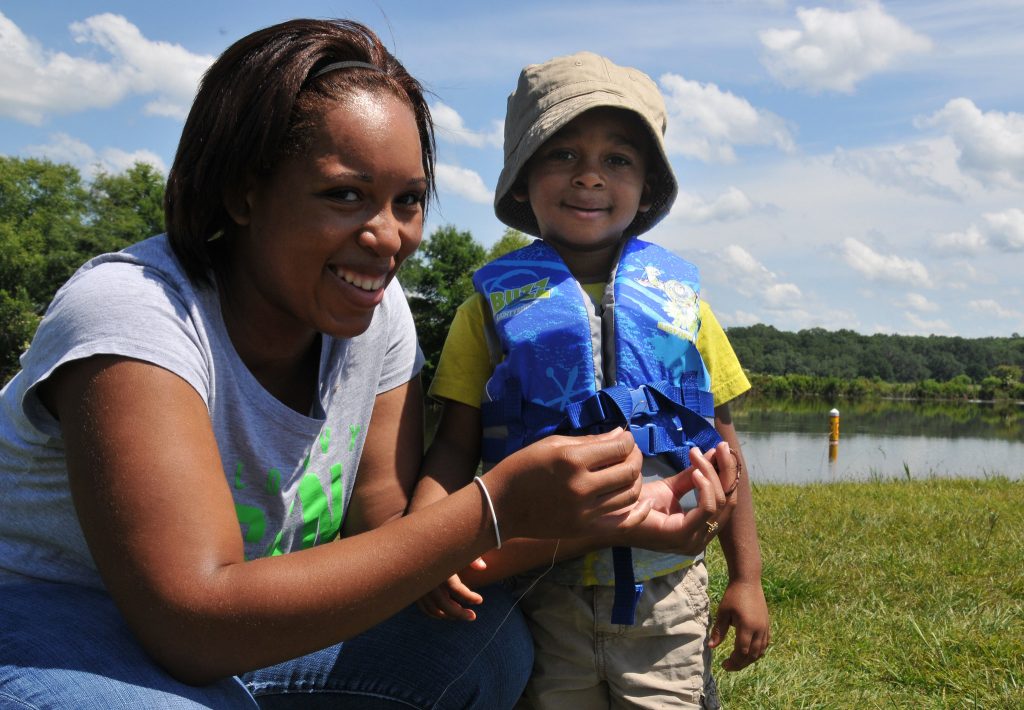Eight-five percent of parents said in the 2022 U.S. Family Travel Survey released on Wednesday that they’re very likely to travel with their children in the next 12 months, another sign of family travel’s strong recovery.
In addition, 47 percent of the 1,000 respondents in the survey by the Family Travel Association and the New York University School of Professional Studies Jonathan M. Tisch Center of Hospitality said they’re planning to take a multi-generational family trip. Meanwhile, 46 percent of respondents said they’re planning to travel with family members beyond parents and-in laws.
Family travel spending is also poised to surge in the next year. Fifty-three percent of respondents plan to spend more on domestic travel in the next year while 49 percent expect to increase spending on international travel.
The survey reveals the waning impact of the pandemic on travel decisions. Only 10 percent of respondents not planning to travel said they felt unsafe because of the pandemic, a 14 percentage point drop from last year. Fifty-seven percent of respondents said they believe the pandemic is largely contained and they felt comfortable traveling without many restrictions.
However, more than half of parents surveyed said their travel behaviors and preferences had changed in the last two years — 45 percent of respondents said somewhat while 13 percent said a lot. Almost half of all respondents said the pandemic triggered the changes while 28 percent attributed the shift to the their financial situation, including the impact of inflation. Sixty-seven percent of respondents said they now check cancellation policies when they booking trips while 47 percent said they now buy travel insurance.
“This year’s survey shows that while the pandemic impacts family travel less than last year, the last two years have also led to changes that are likely to last,” said Dr. Lynn Minnaert, former clinical associate professor at the Tisch Center.
“Families are excited to get back out there, but peace of mind and value for money are key priorities when they make travel decisions.”
